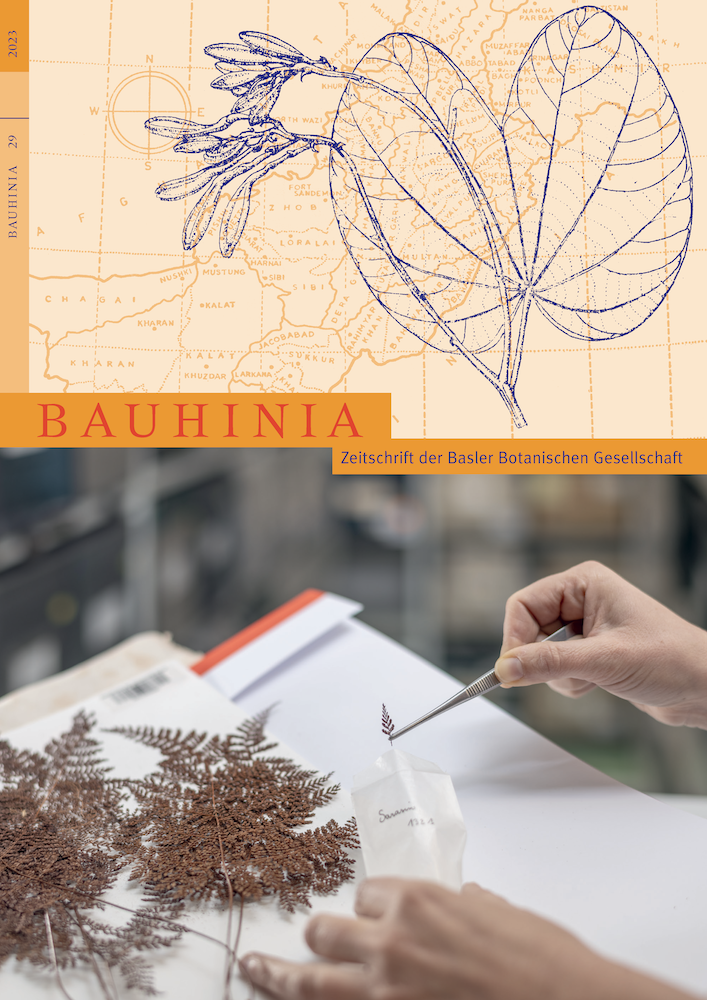Abstract
This article examines how Caspar Bauhin (1560–1624) became famous as a scientific author and University teacher in Basel focusing on the evolution of scientific practices such as botanizing and herbarizing in the German-speaking world. In the early 16th century German-speaking publishers were the first to sell well-illustrated books that would be of great help to readers in identifying plants. After 1550, Swiss and German physicians such as Felix Platter, Leonhard Rauwolf, Kaspar Ratzenberger and Johann and his brother Caspar Bauhin began collecting plants for their herbaria, some of which are among the oldest still preserved today. The Rauwolf herbarium, with its most „scientific” design, shows how plant identification was done in practice. Rauwolf also was the first to leave behind a comprehensive report of his fieldwork in Syria, Lebanon and Iraq, written in German. In Basel, Caspar Bauhin was to become a particularly influential academic teacher in the German-speaking world and beyond when he took over the newly established chair for Botany and Anatomy in 1589. He trained a total of nearly 800 students during his University career. Moreover, Bauhin’s extensive correspondence comprises over 2500 letters and provides insights into the lively discussions among the fellow botanists with whom Bauhin corresponded.

Dieses Werk steht unter der Lizenz Creative Commons Namensnennung 4.0 International.
Copyright (c) 2023 Tilmann Walter

